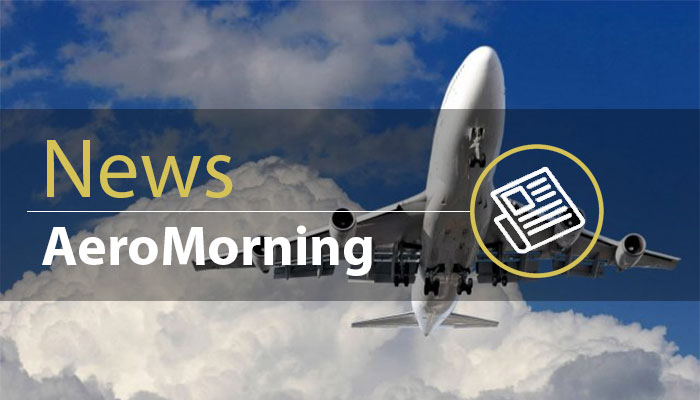Paris, January 30, 2023
Safran’s greenhouse gas (GHG) reduction targets have been independently approved by the Science Based Targets initiative (SBTi). Safran’s goals cover Scope 1 (direct) and Scope 2 (indirect) emissions related to the energy consumption of its operations, as well as emissions caused by its products in use (Scope 3). Safran has committed to a 50.4% reduction in its Scope 1 and 2 emissions by 2030 (compared to a 2018 baseline) and a 42.5% per seat-mile cut in its Scope 3 emissions by 2035 (vs. 2018).1
SBTi approval shows Safran’s GHG reduction targets are aligned with the goals of the Paris Agreement adopted at COP21 in December 2015.
“I’m proud that Safran is one of the first aerospace companies in the world to have its GHG reduction goals validated by the SBTi,” said Safran CEO Olivier Andriès. “This important step shows we’re fully committed to the roadmap for decarbonizing aviation, which includes development of much more fuel-efficient airplanes and greater use of sustainable fuels.” To meet its commitments, Safran devotes 75% of its self-financed research effort (R&T) to improving the environmental performance of its products (Scope 3). The Group’s roadmap focuses on three major areas:
- The development of technologies for ultra-efficient aircraft. The RISE (Revolutionary Innovation for Sustainable Engines) program from CFM, the 50/50 joint company between Safran and GE, is laying groundwork for the next generation of aircraft engines, with the aim of reducing CO2 emissions by over 20% versus the current generation. RISE also calls on the use of additive manufacturing and lighter materials such as composites, along with hybrid electric architectures.
- Use of sustainable aviation fuels (SAFs). Safran is pursuing an R&T plan to ensure future SAF fuels are fully compatible with all engines and fuel systems. Safran has contributed to several test flights with 100% sustainable fuels to date and in early 2022 invested in German startup Ineratec, which develops synthetic fuel production units. Safran also chairs the aviation component of the Renewable and Low-Carbon Fuels Value Chain Industrial Alliance to help develop this sector.
- The development of all-electric and hybrid electric propulsion for new air transport solutions, including helicopters, shuttles and regional airplanes. Safran is a leader in these new architectures, based on its proven expertise in energy systems for aircraft. For Scopes 1 and 2, Safran has adopted an ambitious action plan to cut energy consumption at its industrial and office sites and increase its use of renewable energy. In September 2022, amid the energy crisis in Europe, Safran committed to a 10% reduction in energy consumption at its European sites by 2024 (vs. 2019) through a dedicated energy savings plan.
Above and beyond these goals, which cover 95% of its GHG emissions, Safran is mobilizing its main suppliers to commit to a decarbonization pathway in line with the Paris Agreement. The Science Based Targets initiative (SBTi) is an international organization that helps companies set ambitious targets for reducing emissions, in line with the latest scientific climate data. It was formed jointly by the Carbon Disclosure Project (CDP), the United Nations Global Compact, the World Resources Institute (WRI) and the World Wide Fund for Nature (WWF). The SBTi independently assesses and validates companies’ CO2 emissions objectives, using a science- based approach and criteria.
Safran is an international high-technology group operating in the aviation (propulsion, equipment and interiors), defense and space markets. Its core purpose is to contribute to a safer, more sustainable world, where air transport is more environmentally friendly, comfortable and accessible. Safran has a global presence, with 76,800 employees and sales of 15.3 billion euros in 2021, and holds, alone or in partnership, world or European leadership positions in its core markets. Safran undertakes research and development programs to maintain the environmental priorities of its R&T and Innovation roadmap. Safran is listed on the Euronext Paris stock exchange and is part of the CAC 40 and Euro Stoxx 50 indices.
Source Safran













Be the first to comment on "Safran’s decarbonization goals approved by SBTi"